
The Difference Between Ketosis and Ketoacidosis
The ketogenic diet has gained significant popularity for its health benefits, including weight loss, improved brain function, and better metabolic health. A key component of this diet is ketosis, a metabolic state where the body burns fat for energy instead of carbohydrates. However, ketosis is often confused with ketoacidosis, a dangerous medical condition that requires immediate intervention.
Although both involve the production of ketones, they are vastly different in their causes, effects, and implications for health. Understanding these differences is crucial for anyone considering a ketogenic diet or managing diabetes.

What is Ketosis?
Ketosis is a natural metabolic process that occurs when the body shifts from using glucose as its primary energy source to burning fat. This happens when carbohydrate intake is significantly reduced, prompting the liver to break down fat into ketones, which serve as an alternative fuel source for the brain and body.
Causes of Ketosis
Low-Carbohydrate Intake – Consuming fewer than 50 grams of carbs per day reduces glucose availability, prompting ketosis.
Fasting or Intermittent Fasting – Extended fasting periods encourage the body to use fat for fuel, increasing ketone production.
Intense Exercise – Prolonged or high-intensity workouts deplete glycogen stores, promoting ketosis.
High-Fat, Moderate-Protein Diet – A ketogenic diet, rich in healthy fats, facilitates ketosis by limiting carbohydrate intake.
Symptoms of Ketosis
Increased Energy – Once adapted, many people experience improved endurance and focus.
Reduced Appetite – Ketones naturally suppress hunger, leading to lower calorie intake.
Keto Breath – A distinct, fruity-smelling breath due to acetone, a type of ketone.
Mild Dehydration – Increased urination and water loss may lead to dry mouth and thirst.
Short-Term Fatigue – Some people experience temporary fatigue during the transition into ketosis.
Is Ketosis Safe?
Ketosis is generally considered safe for healthy individuals and is beneficial for weight loss, mental clarity, and metabolic health. The body maintains ketone levels within a moderate range, ensuring a stable energy source without adverse effects.
What is Ketoacidosis?
Ketoacidosis, or diabetic ketoacidosis (DKA), is a serious and potentially life-threatening condition characterized by excessively high ketone levels, leading to dangerous acidity in the blood. Unlike ketosis, which is a controlled process, ketoacidosis results from unregulated ketone production, which disrupts normal body functions.
Causes of Ketoacidosis
Uncontrolled Diabetes (Type 1 or Severe Type 2) – A lack of insulin prevents glucose from entering cells, forcing the body to produce excessive ketones for energy.
Severe Illness or Infection – Certain illnesses can trigger ketoacidosis by increasing stress hormones, leading to excessive ketone production.
Excess Alcohol Consumption – Alcoholic ketoacidosis can occur in individuals who consume excessive alcohol without adequate nutrition.
Severe Starvation or Malnutrition – Prolonged fasting without proper nutrient intake may contribute to dangerous ketone accumulation.
Symptoms of Ketoacidosis
Extreme Thirst and Frequent Urination – Dehydration results from excessive fluid loss.
Severe Nausea and Vomiting – Gastrointestinal distress is common in DKA.
Abdominal Pain – Often accompanied by cramping and discomfort.
Confusion or Difficulty Concentrating – High ketone levels can impair cognitive function.
Rapid Breathing (Kussmaul Breathing) – The body attempts to expel excess acids through deep, labored breathing.
Fruity Breath Odor – Due to an overproduction of ketones like acetone.
Is Ketoacidosis Dangerous?
Ketoacidosis is a medical emergency that requires immediate treatment. If left untreated, it can lead to severe complications, including coma or death. Individuals with diabetes should monitor ketone levels closely to prevent this condition.
How to Prevent Ketoacidosis
Since ketoacidosis is primarily a concern for diabetics and individuals with certain medical conditions, the following precautions can help prevent its onset:
For Diabetics
Monitor Blood Sugar – Regularly check glucose levels to ensure they remain within a healthy range.
Track Ketone Levels – Use urine or blood ketone strips to detect high ketone production.
Take Insulin as Prescribed – Insulin therapy helps prevent excessive ketone production.
Stay Hydrated – Drinking enough water reduces the risk of ketone buildup.
Seek Medical Attention for High Ketones – If ketone levels exceed 3.0 mmol/L or symptoms worsen, medical intervention is necessary.
For Non-Diabetics
Avoid Extreme Fasting – Prolonged fasting without proper nutrition may elevate ketone levels beyond a safe range.
Follow a Balanced Keto Diet – Ensure adequate calorie intake from healthy fats and proteins.
Limit Alcohol Consumption – Excessive alcohol intake without food can lead to ketoacidosis.

Key Differences Between Ketosis and Ketoacidosis
Feature |
Ketosis |
Ketoacidosis |
|---|---|---|
Definition |
A normal metabolic state where the body burns fat for energy. |
A dangerous medical condition caused by excessive ketones in the blood. |
Causes |
Low-carb diet, fasting, exercise. |
Uncontrolled diabetes, starvation, excessive alcohol intake. |
Ketone Levels |
0.5 - 3.0 mmol/L (mild to moderate). |
> 10 mmol/L (severely high). |
Blood pH |
Normal (7.35 - 7.45). |
Acidic (<7.3, leading to serious complications). |
Symptoms |
Increased energy, suppressed appetite, mild dehydration. |
Severe dehydration, nausea, vomiting, confusion, rapid breathing. |
Risk Level |
Safe for most people. |
Life-threatening if untreated. |
Summary
Ketosis and ketoacidosis are two distinct conditions with vastly different effects on the body. Ketosis is a safe and natural metabolic state that promotes fat-burning, while ketoacidosis is a dangerous medical emergency characterized by excessive ketone production and acidic blood.
For individuals following a ketogenic diet, ketosis is a desirable state that can enhance energy, mental clarity, and weight loss. However, those with diabetes or underlying health conditions must be cautious of ketoacidosis by monitoring blood sugar, ketone levels, and overall health.
This Blog post is an initiative by Lo! Foods, to provide accurate and Nutritionist / Doctor approved information related to Health. Lo! Foods is India's leading brand for Everyday Functional Foods. Foods designed for specific Health conditions or Needs. Lo! Foods also runs India's largest range of Low Carb Healthy Cloud Kitchens, under the brand names of Lo!, ProteinChef, ATH (All Things Healthy) and DiabeSmart.



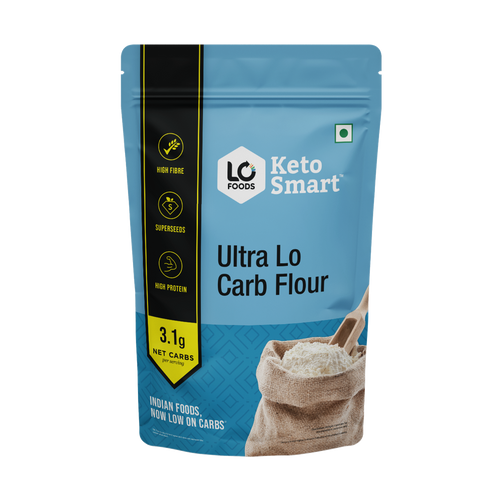
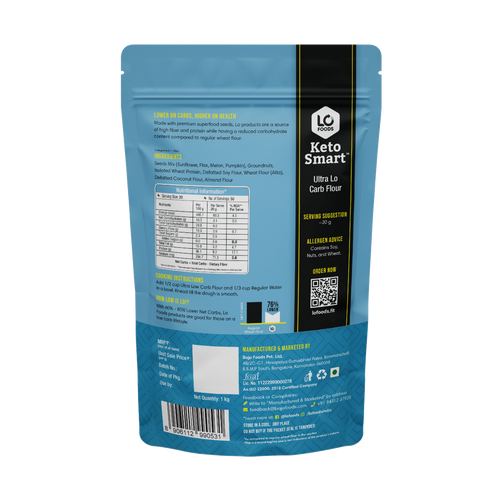

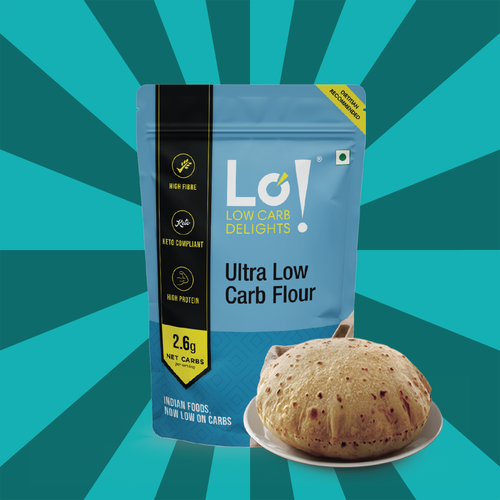


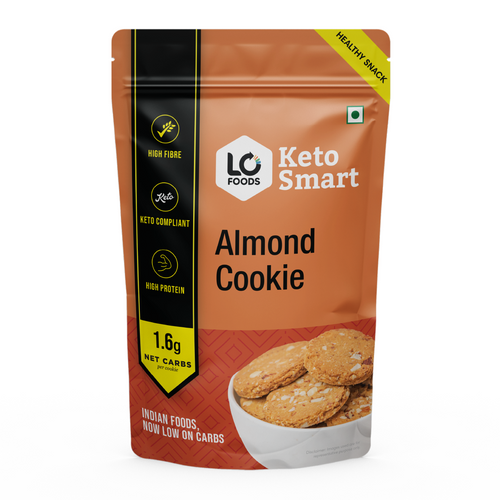


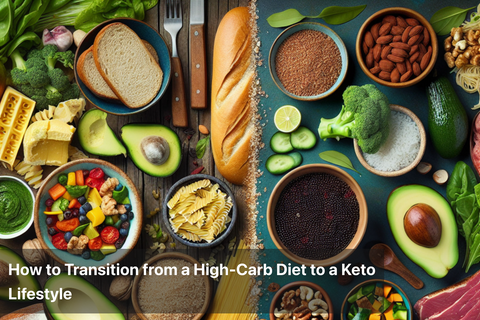
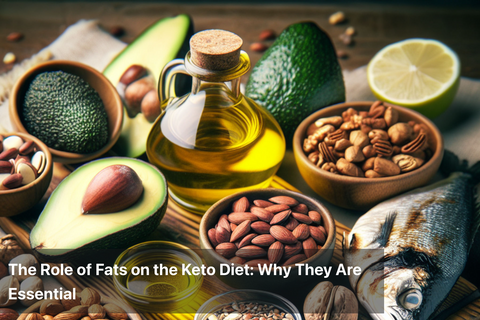
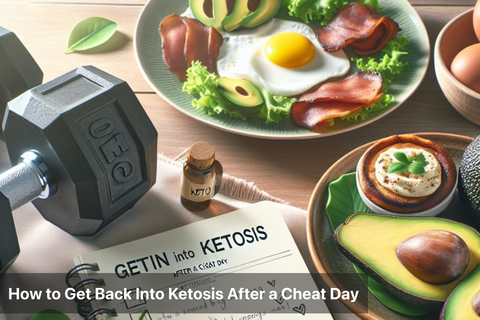
Leave a comment
Your email address will not be published.